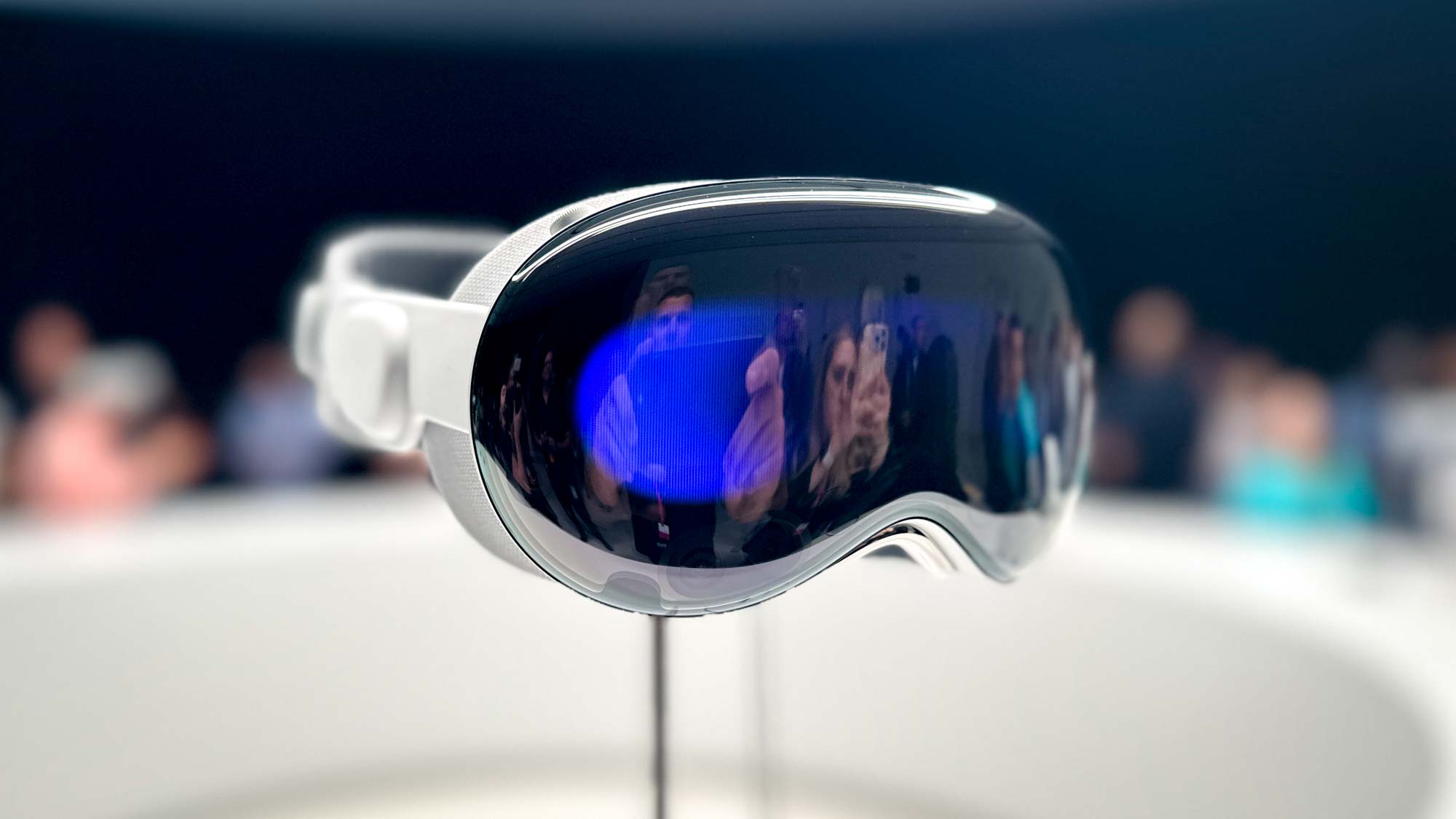Best Samsung TVs in 2025 from budget 4K QLED TVs to premium 8K TVs
Our pick of the best Samsung TVs QLED 4K smart TVs we've reviewed.
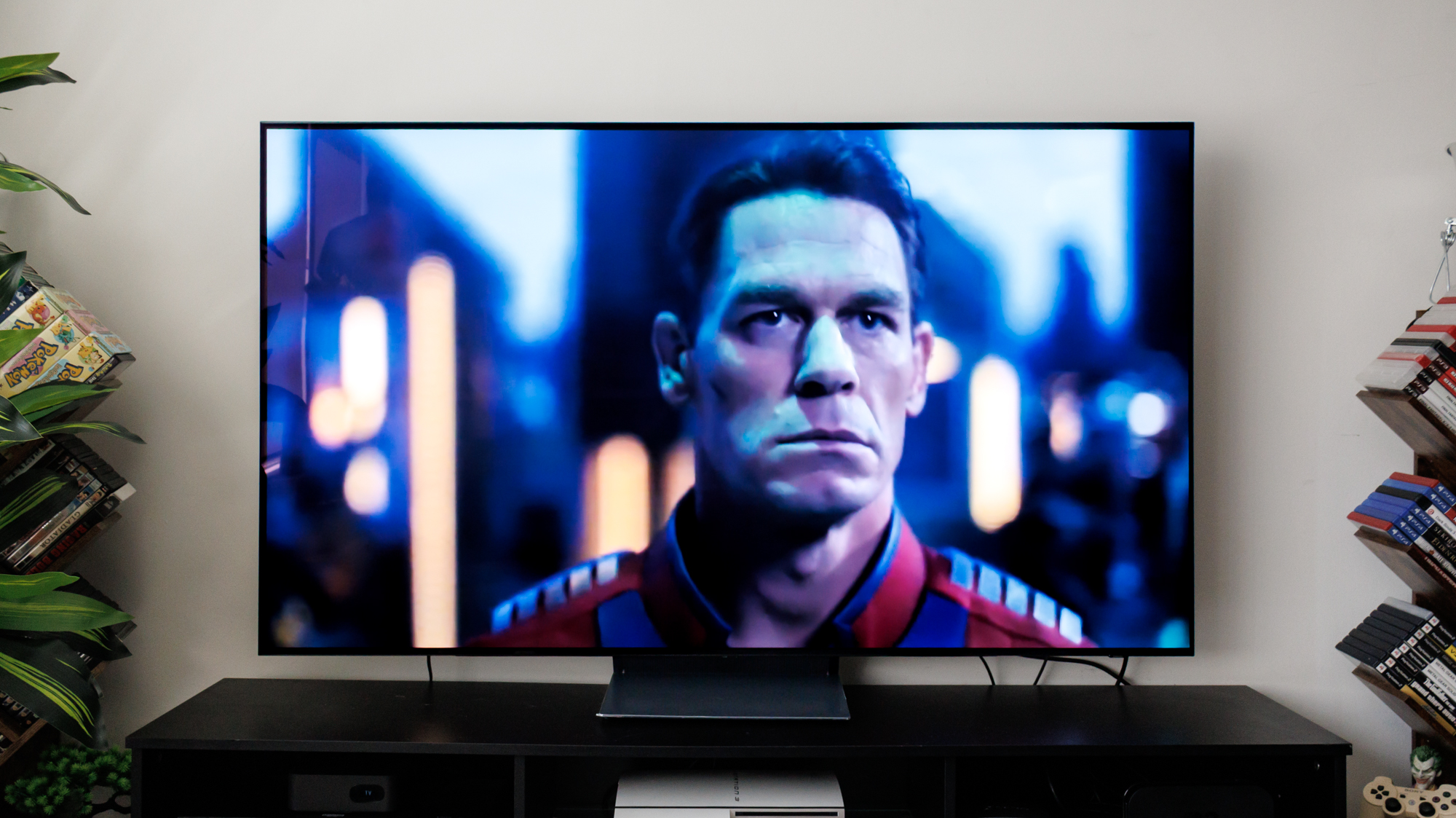
People look to buy the best Samsung TVs because the brand carries a lot of clout. Samsung is the best-selling TV manufacturer on the planet and makes some of the best QLED and best OLED TVs.
Its OLED TVs like the Samsung S95F also tend to push out some of the best metrics in our testing, usually straddling the line against Sony and LG sets. Meanwhile, on the Neo QLED front, the Samsung QN90D offers incredible brightness metrics and contrast. And don't even get me started on the new Samsung QN990F, one of the highest-rated TVs in our testing last year. It's a true stunner.
Below you'll find a comprehensive list steering you in the right direction when it comes to finding the best Samsung TV. With our years of TV testing and hundreds of TV reviews, we know just how to pick them. Whether it's multiple HDMI 2.1 ports for hardcore gamers or an ATSC 3.0 tuner for NextGen TV and 4K broadcasts, we've underscored the best Samsung TVs for every type of buyer.
The best Samsung TVs you can buy now
Why you can trust Tom's Guide
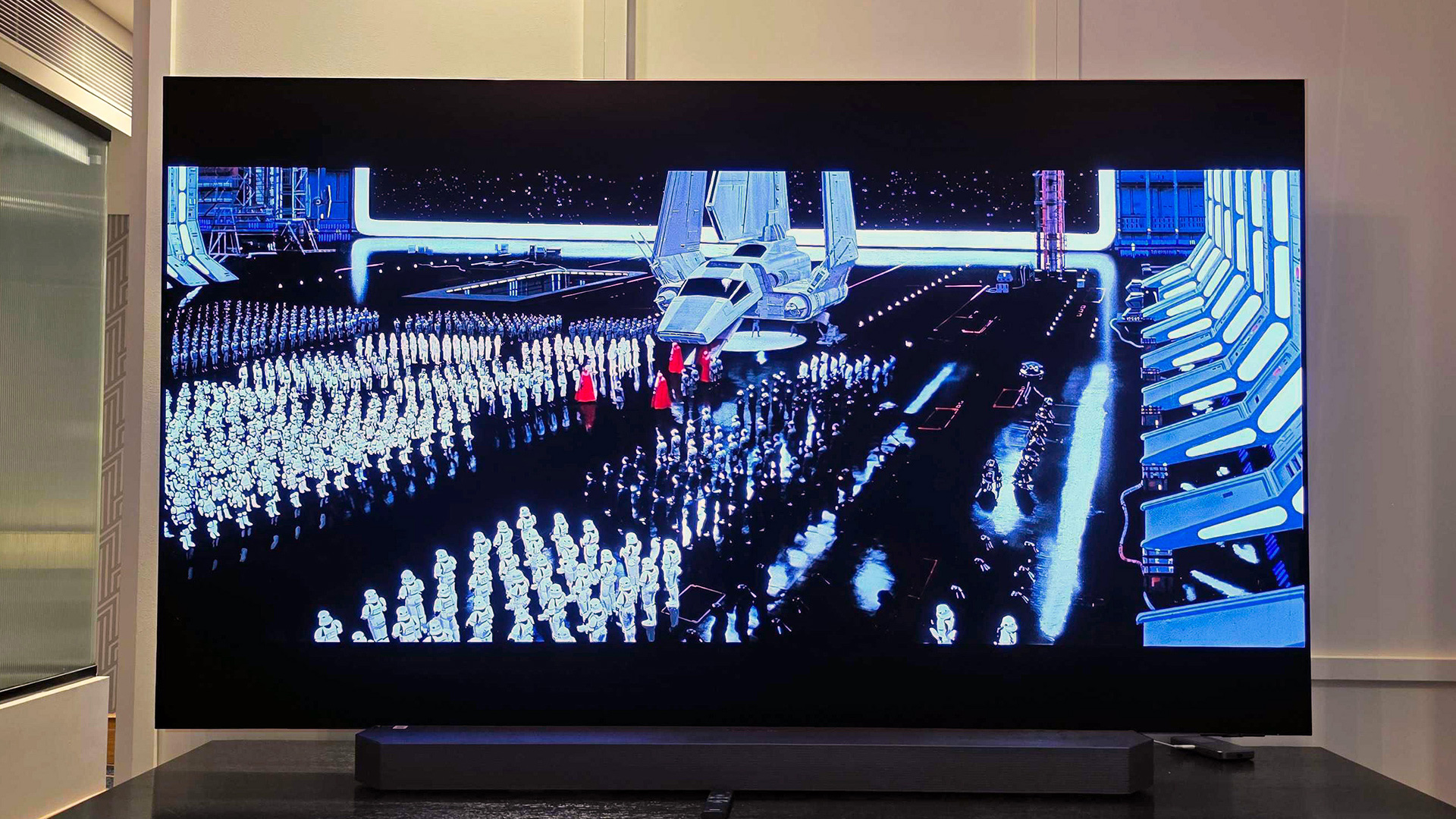

Specifications
Reasons to buy
Reasons to avoid
Samsung's at the top of its game delivering incredible displays built on a slew of special features. A premium is certainly there, but for something like the Samsung S95F OLED TV, it's totally worth it.
What stands out most on the 2025 flagship is a new and improved anti-glare coating, which makes movie nights and even day-time viewing all the more pleasurable. The big kicker is the loss of Dolby Vision, but Samsung's S95F does come equipped with HDR10+, which is adequate enough for most heightened HDR moviegoing.
Hate wires and gaudy connectors? Say less, as the S95F does away with all of this through its One Connect Box, which strips away cables for a more pristine feel. This should do nicely with added benefit of having Art Store connectivity across the lineup, which will make the S95F look like a museum piece in your living room.
And if limited brightness is a concern, what with the Samsung S95 being an OLED after all, you're in luck. This premium display boasts a 30% brightness boost over its predecessor, ensuring you get crisp visuals no matter the time of day.
Read our full Samsung S95F OLED review.
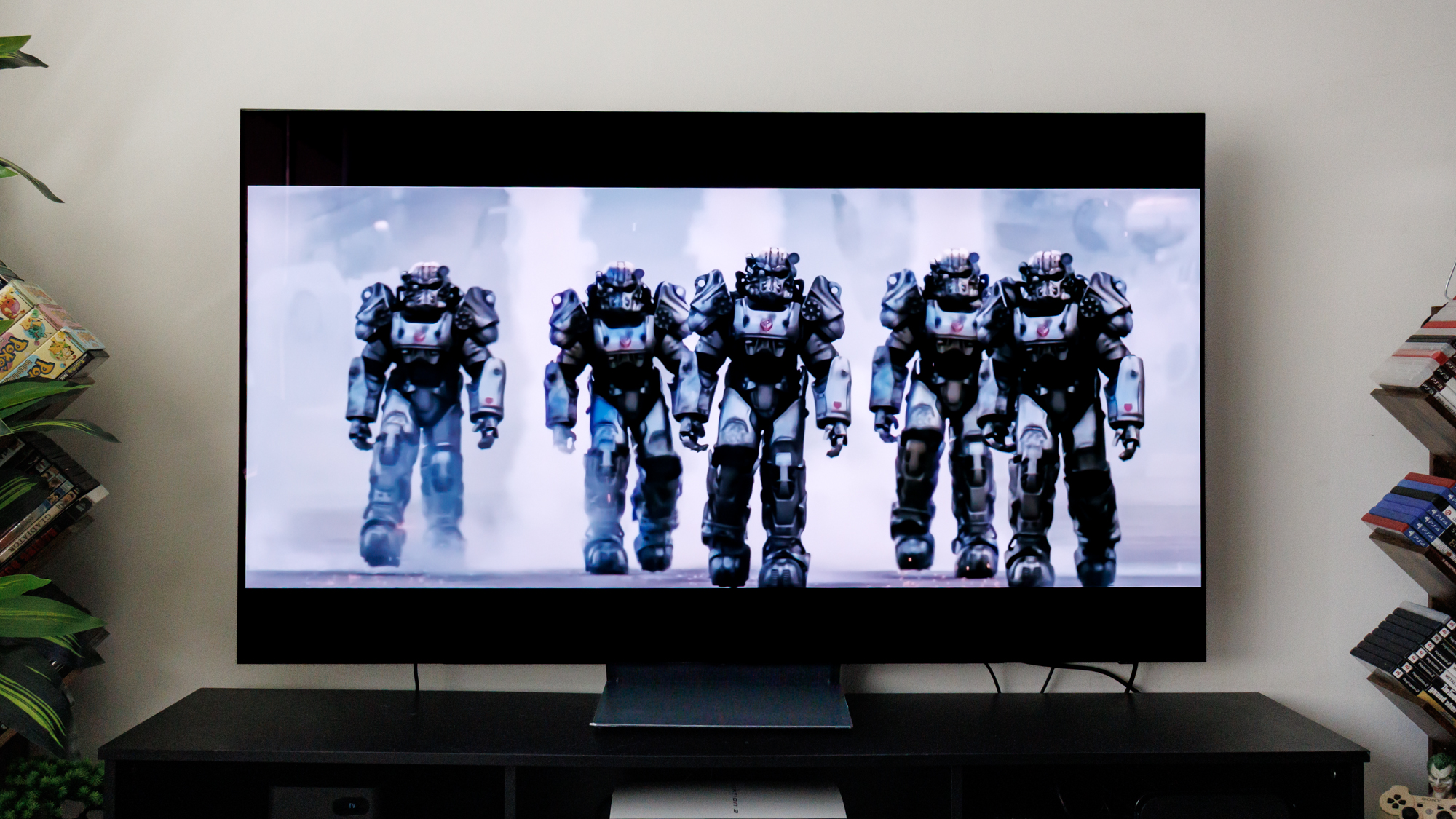
Specifications
Reasons to buy
Reasons to avoid
The Samsung S95F is great, but its price can be off-putting. That's where the S90F comes in. It offers many of the same features for hundreds less.
According to our reviewer, the S90F offered excellent color volume and out-of-the-box color accuracy that made HDR content look particularly good. Its test results put it ahead of the formidable Sony Bravia 8 and on nearly equal footing with the LG C5 OLED. Both of those feats are huge accomplishments.
So what's the downside of the S90F? Well, unlike the S95F, not all screen sizes use the same QD-OLED panel. If you buy a screen smaller than 55 inches or larger than 77 inches, you're instead getting a WOLED panel. That means lower brightness and less saturated images.
Despite this issue, it's still one of the best budget OLED TVs in 2025.
Read our full Samsung S90F OLED review
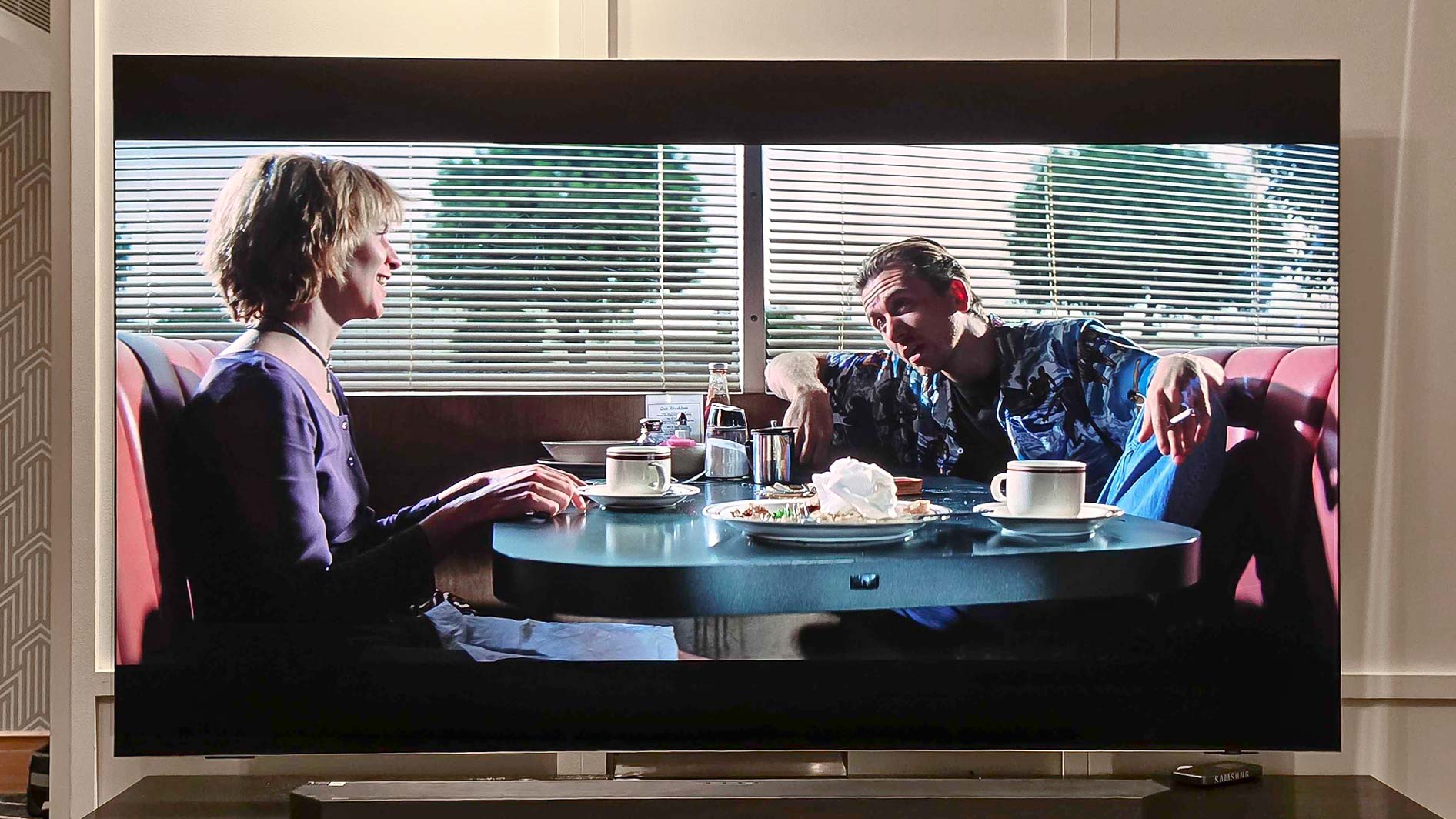
Specifications
Reasons to buy
Reasons to avoid
If you're only looking at a TV's overall performance (and not its sticker price), the Samsung QN990F 8K Neo QLED would be at the top of this list. It has objectively the crispest picture thanks to its 8K native resolution and top-tier processor.
Sadly, at $8,499 / £9,499 / AU$13,799 for the 85-inch model, it's just not that affordable.
Our reviewer, Stephen Lambrechts, quite liked the TV overall, but had a few issues with its high input latency while using the new Wireless One Connect Box and noticed some light leakage. Even the best QLED TVs don't have the same pixel-perfect light control that OLED TVs have, and the QN990F is a great example of that.
Despite those minor issues, though, the QN990F boasts a number of advantages over last year's Samsung QN900D, and it comes with Samsung's anti-glare coating that you'll find on the OLED models.
If you can afford one and really want the best of what's out there, the QN990F is the Samsung TV you've been looking for.
Read our full Samsung QN990F Neo QLED 8K TV review.
How much do Samsung TVs cost?
With so many TVs to choose from, there's no single price point for Samsung TVs. But that also means that there's probably a great Samsung TV that fits your budget, so long as you're willing to be flexible on features and screen size.
Top end 8K and Micro-LED models can range from a few thousand dollars up to the tens of thousands. But Samsung's 4K offerings are far more reasonable. The Samsung Neo QLED 4K TV line ranges between $999 for the smallest Neo QLED model, up to $2,999 for the 98-inch behemoths.
Less expensive models, like basic LCD sets and quantum-dot models without Neo QLED's mini-LED backlight start for as little as $249 for the smallest 43-inch model and up to $1,999 for the largest 85-inch QLED model.
Before you make a purchase, check our Samsung promo codes page for the latest offers and discounts.
What is QLED?
Samsung's QLED branding is well known in the TV world, but what does it really mean? QLED is shorthand for the combination of quantum dot and LED backlight, pairing LED backlight with nano-scale crystals called quantum dots that respond to light by producing additional light within a certain range of the color spectrum.
By combining these different hues of quantum dots with the triggering effect of the backlight, Samsung is able to boost the color gamut and brightness of the TVs, offering a major improvement over traditional LCD panels with LED backlight.
Samsung isn't the only manufacturer using quantum dots – these days, you can find some excellent QLED TVs from manufacturers like TCL, Vizio and Hisense. But Samsung has consistently offered the best implementation of QLED technology that we've seen, pairing it with refined backlighting control, filtering and other expert touches to deliver the best TV performance short of offering a more expensive OLED display.
Are Samsung 8K TVs worth buying?
Samsung's 8K TV selection is second to none, with multiple model lines delivering 8K picture quality at premium, mid-range and value priced tiers of affordability and features. While every 8K TV is more expensive than similarly-sized 4K models, Samsung's range of 8K QLED TVs offers choice premium features, a range of sizes and even some of the most affordable 8K options on the market.
But the bigger question is whether anyone should buy an 8K TV, and on that issue, we think the answer is no. Check out our article Should you buy an 8K TV in 2022? to learn more about the present state of 8K and why it's not worth buying yet.
How to choose the best Samsung TV for you
When it comes to picking a smart TV, choosing the right brand is only part of the process. Once you've settled on getting a Samsung TV, you'll still need to find the model that's best for you, offering the performance, features and price that meets your needs.
Thankfully, Samsung's QLED TVs offer clearly defined differences between the different model lines.
From smart functions to port selection, we offer plenty of advice in our TV buying guide, which explains the ins and outs of features like HDR, different types of display, and even extended warranties. And if you still have questions about smart TV features and capabilities, check out Smart TVs: Everything you need to know.
For the best picture, we recommend getting a set that offers high dynamic range (HDR) support. HDR10 is the base standard, while Dolby Vision is a higher-caliber format. Samsung TVs, however, use Samsung's competing HDR10+ format, instead of Dolby Vision. That's a bit of a shame, considering Dolby Vision is much more popular, but HDR10+ is playing catch up. Slowly.
Port selection is another chief concern. More HDMI ports will let you connect more devices, like game consoles and satellite boxes, and you'll want HDMI2.1 for the latest features. If you have a soundbar, look out for an HDMI port with eARC — it'll give you access to the most advanced audio formats.
According to our guide What size TV should you buy?, you'll want to position the TV roughly the same distance from the TV as the diagonal measurement of the screen size – 50 inches from a 50-inch TV, 65 inches from a 65-inch TV, and so on. So take the room and placement of the TV into account when settling on the best screen size.
Get instant access to breaking news, the hottest reviews, great deals and helpful tips.

Nick Pino heads up the TV and AV verticals at Tom's Guide and covers everything from OLED TVs to the latest wireless headphones. He was formerly the Senior Editor, TV and AV at TechRadar (Tom's Guide's sister site) and has previously written for GamesRadar, Official Xbox Magazine, PC Gamer and other outlets over the last decade. Not sure which TV you should buy? Drop him an email or tweet him on Twitter and he can help you out.
- Ryan EppsStaff Writer
